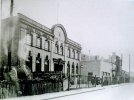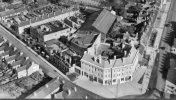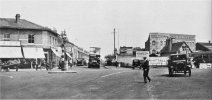A
Angela
Guest
My father Douglas Hadley was a master baker and after duing national service in the army catering corp worked at Hardings Bakery. I think it was near The Swan pub, but unsure if it is there now. While working there he lost two fingers in one of the machines.






